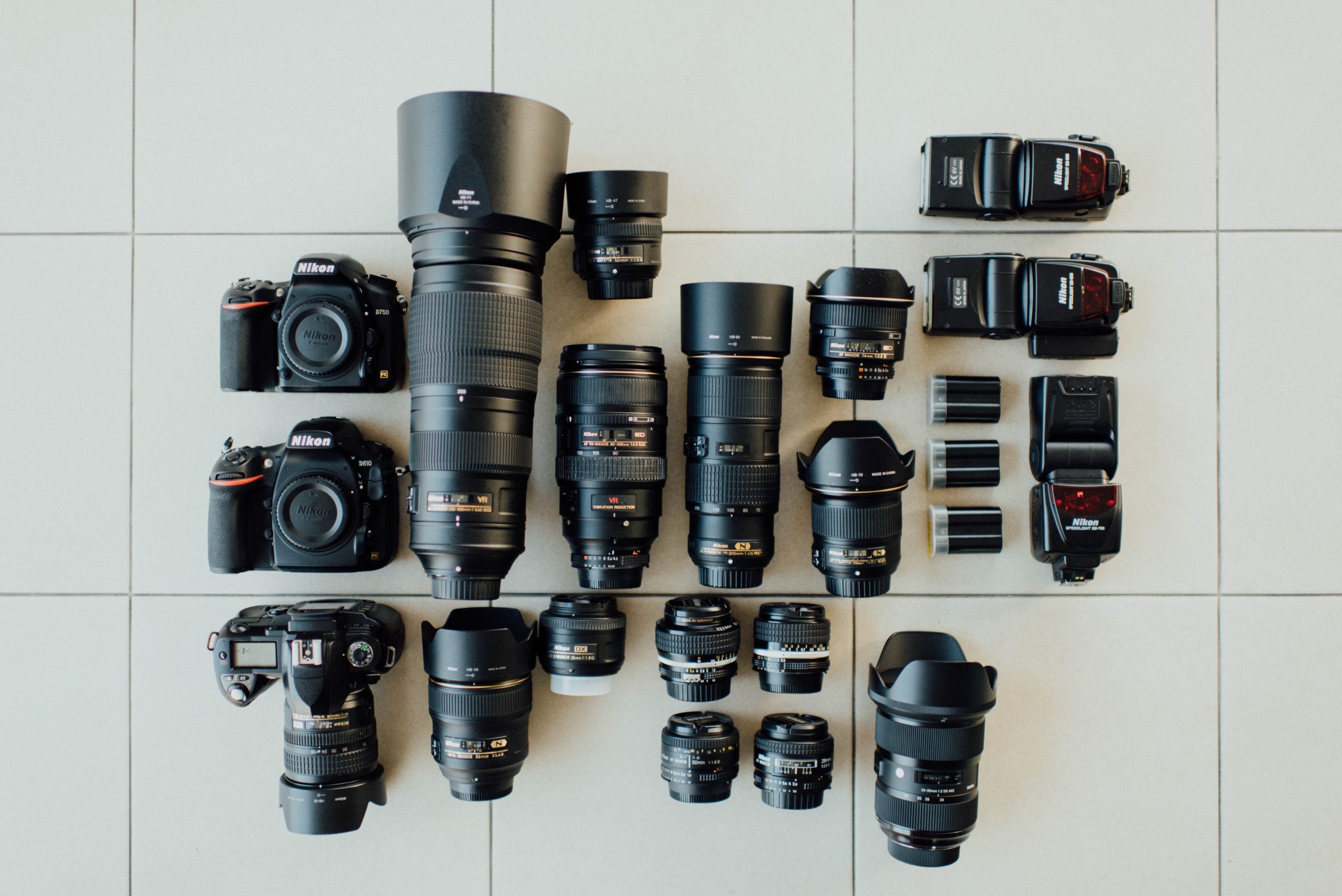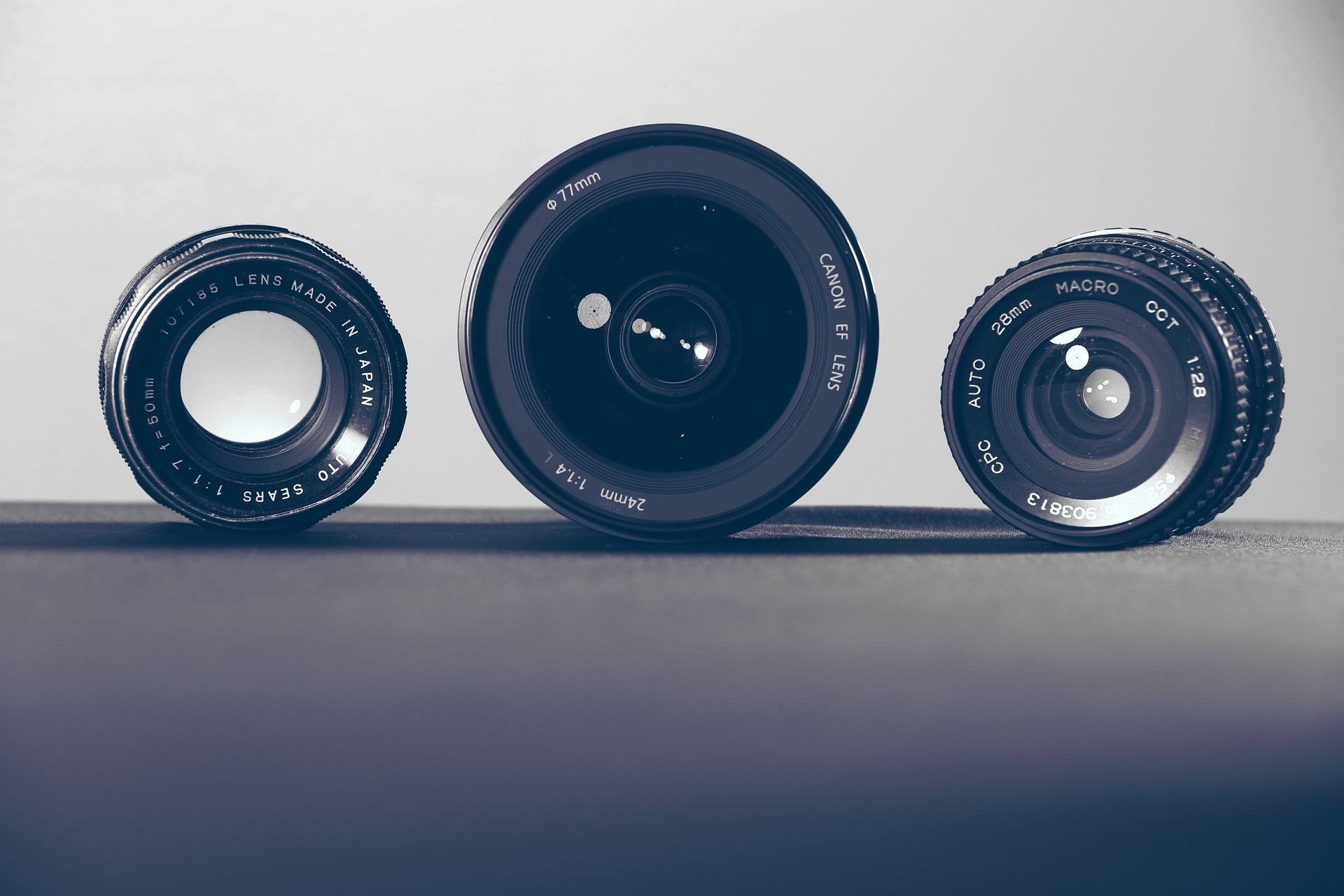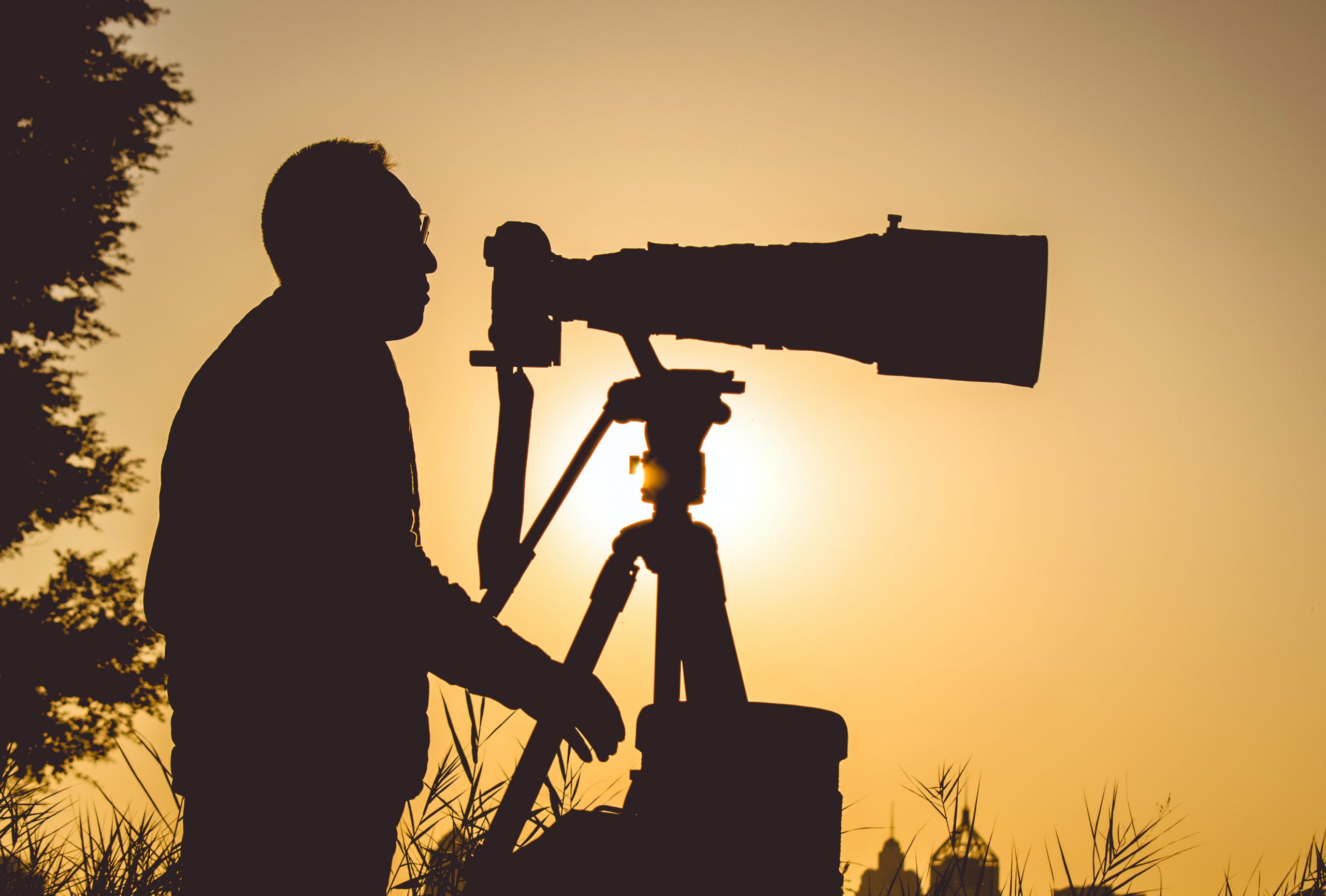- Tips & Tricks
- Sep 17, 2021
How to pick the right camera lens that fits your needs?
Who knew that clicking pictures would become an essential part of our daily lives? The camera came into being around 1800 and has evolved so much since then. Camera companies have been working tirelessly so that their customers have a better experience every day. We often come across brands launching their camera lens with updated features so that we can have a better experience and stay at the top of our game. In this article, we will learn about all the features that make the best camera lens.

There are many types of photography camera lenses available in the market, and one can get confused if he has no proper knowledge about the types of lenses out there. In this article, we’ll help you choose the best camera lens for photography that fits all your needs.
Learn what are the right camera lens to fit your needs?
So, what makes one camera lens better than the other? The camera lens is a fragment of glass constructed and polished to make it a workable optical instrument that magnifies light. Lens used in cameras come in distinct shapes, sizes, prices, purposes, and quality.
If photography is your passion, then learning about camera lenses will make things interesting for you! People who lack proper knowledge get confused when they go to the market to purchase the lens. We’ll help you choose one like a pro so that you have high-quality realistic images.
Clicking good pictures is not everyone’s forte unless you are a professional, however, with some knowledge and a suitable photography camera lens, it can become your forte too. For that, let us navigate the jargon, types of lenses, their uses, and a lot more. Hold on tight; we will take you on a virtual tour to pick the best lens for you!
Do you know the technical terms used while choosing a camera lens?
The lens is a significant part of a camera. A low-quality lens can ruin your pictures even if you have a good camera; however, a good-quality lens in a low-quality camera can give you the best shots.
Some camera lenses keep both the subject and the background focused. A good camera saves your time to Photoshop removal background tools to change or remove background of an image that you have clicked. If you’re considering buying a camera and lens, it’s necessary to do your research to find out which camera will better meet your requirements. Here are a few factors you need to consider before selecting a lens.
ISO
ISO is a measurement of how sensitive a camera is to light. The higher the value of ISO the more sensitive the camera is. For example, an ISO of 200 means low sensitivity, whereas; an ISO of 2000 means higher sensitivity. Digital cameras provide an ISO of 1600 and go up to 6400.
Using a camera with high ISO can enable us to capture good pictures even in low light. Despite this, ISO alone is not enough for a perfect shot. Perfect shots must be in equilibrium with a fast shutter speed and a large aperture.
Aperture
Aperture is of Latin origin, meaning an opening or a hole. In terms of the camera, it is an opening through which the light enters and strikes the sensor. The lens aperture is demonstrated in many ways like f/11, F11, 1:11.

The lens aperture is inversely proportional to the number. For example, the F2.0 lens has a larger aperture than F4.0. Larger aperture lenses are capable of capturing clear pictures indoors or in low light without flash.
Shutter speed
The time that the camera takes up in collecting light onto the camera sensor is shutter speed. It’s the length of time that the camera takes to capture an image. Shutter speed can be in seconds or fractions of seconds.
A high shutter speed camera captures an image in a short period which will give you blur-free shots. On the contrary, the slow shutter speed will make your camera absorb more light and produce a blurry image.
Understanding camera lenses
A camera lens can make all the difference when it comes to digital photography. It is interesting to discover how lenses differ in weight, size, shape, prices, and picture quality. You are more likely to be manipulated into buying an incorrect lens if you visit a lens shop without doing your homework. Let us tell you what to look for while shopping for the camera lens so that no one takes your advantage.
Camera lens name
If you are buying a picture lens for the first time, then you might face some difficulty in comprehending the name of the lens. On the lens label, each feature is listed in the following order: the brand name, type of lens, focal length, maximum aperture, and additional features.
For instance; XYZ (brand name) AF-S 24-70MM f/2.8 E ED VR. Different companies have different abbreviations, and they are less significant compared to the information mentioned before them.
Lens mount
Every camera brand makes its standard lenses. So a lens from the Nikon brand can only fit a Nikon camera and not on the camera of any other brand. If you try to fix a lens built solely for the Nikon camera on Sigma or Canon, it might end up damaging the camera. Therefore, pick a lens of the same brand as your camera.
Focal length
Focal length is the distance between the film plane or sensor and the optical center of the lens when the subject is in focus. The optical center lies on the principal axis through which the light rays pass without getting deflected.
A shorter focal length offers a wider-angle view and smaller magnification. Similarly, a longer focal length means a narrow-angle view with large magnification. DSLRs provide interchangeable focal lengths, measured in millimeters.
Mentioned Below Are Lenses Of Different Focal Lengths:
Short telephoto
It has a Focal length between 85mm to 135mm, used for clicking portraits and street clicks.
Medium telephoto
It has a Focal length of 135mm+, used for capturing blur-free action images like sports and wildlife.
Super telephoto
It has a Focal length of 300mm+, used for capturing distant images like in astronomy, etc.
Macro
It has a Focal length between 35mm to 200mmand is used for close-up photography.

What are the basic types of camera lenses?
These lenses are for basic everyday photography and have an array of focal lengths that is 50mm, 85mm, 100mm. A kit lens that comes with a camera is a standard lens. Though these camera lenses are lightweight, inexpensive, and provide a large aperture, they lack zoom functionality and precise focus when the subject is large, like a landscape.
The standard lens is best suited for low-budget close-up portraiture; therefore, if you do creative photography, this lens might not be for you as it doesn’t provide a focused background. You might have to remove background from picture using an image background remover to make the image more attractive.
Wide-angle lens
These lenses have a shorter focal length (35mm to 42mm) compared to the standard lens. It captures pan-focus pictures. The photographer using this lens will have to stand closer to the subject to have a better focus so that both the subject and the background come out crisp and clear. As a wide-angle lens, it is fast and helps you to take vivid pictures. The only downside is that this lens can be expensive.
Fixed/Prime lens
Fixed/Prime lenses come with a wide range of fixed focal lengths. They are smaller in size, hence travel-friendly and easy to handle. They also have a smaller aperture and are cheap as compared to zoom lenses. This lens can produce high-definition, sharp pictures of different subjects. You can change the background of these subjects with Slazzer, our image background remover to highlight the subject by trying different backgrounds.
A fixed focal length gives you room for exploring your subject from different angles as the focal length cannot be adjusted or changed. However, that might also become a limitation, and you might have to spend your coins on buying different lenses to fit all your needs.
Zoom lenses
Zoom lenses combine numerous great qualities and are versatile and multi-functional, meeting every photographer’s needs. From shooting actions, sport to landscape, zoom lenses will not fail you. They come with an adjustable focal length which varies from subject to subject.

Though heavy on the wallet, zoom lens features make up for it.
It is a one-time investment that is worth each penny.
In the end, it all comes to what you require from a camera lens. Make a list of features that you wish for, and then go shopping!
You can surf the web for camera lens pictures, read the features, and compare prices. You will be able to pick the best camera lens for photography after checking your budget and needs. Do not compromise with the quality because lenses are an enduring investment. Buy something that you will not regret in the long run.
However, as a beginner, if you find the camera and lenses pricey, you can invest in second-hand camera lenses. Camera lenses last longer than the camera itself, so using a lens even after ten years will not affect the quality of the picture. Make sure you learn and experiment with focus, depth of view, and exposure to capture your best moments in perfect shots.


Comments (0)